
Baseball’s conventional wisdom crumbled whenever Tim Lincecum took the mound, and for those interested in his full biography and career stats, the Tim Lincecum Wikipedia profile provides an authoritative summary of his journey and accolades. Standing barely 5’11” and weighing 170 pounds, he resembled a batboy more than an ace pitcher—a career path that echoes the stories of other MLB players that vanished after brief but spectacular runs. Yet for a brief, brilliant period, this undersized marvel redefined what dominance looked like on a major league mound.
The game had never seen anything quite like “The Freak” – a nickname that captured both his mechanical uniqueness and his ability to generate otherworldly stuff from such a slight frame. From his college days at Washington through two Cy Young Awards and three World Series championships, Lincecum’s career reads like fiction. His story proves that sometimes the most revolutionary changes come in the smallest packages.
1. The Undersized Prodigy

Standing just 5’11” and weighing 170 pounds soaking wet, Tim Lincecum never looked the part of a dominant major league pitcher. Scouts coveted towering hurlers with frames built to withstand 200-inning seasons. Lincecum resembled the batboy more than the ace.
His father, Chris, had engineered an unorthodox delivery that maximized his son’s slight frame through torque and timing rather than brute force. The result was baseball’s equivalent of a particle accelerator. This deceptively small package generated unexpected power that would revolutionize pitching mechanics.
2. The Washington Wonder
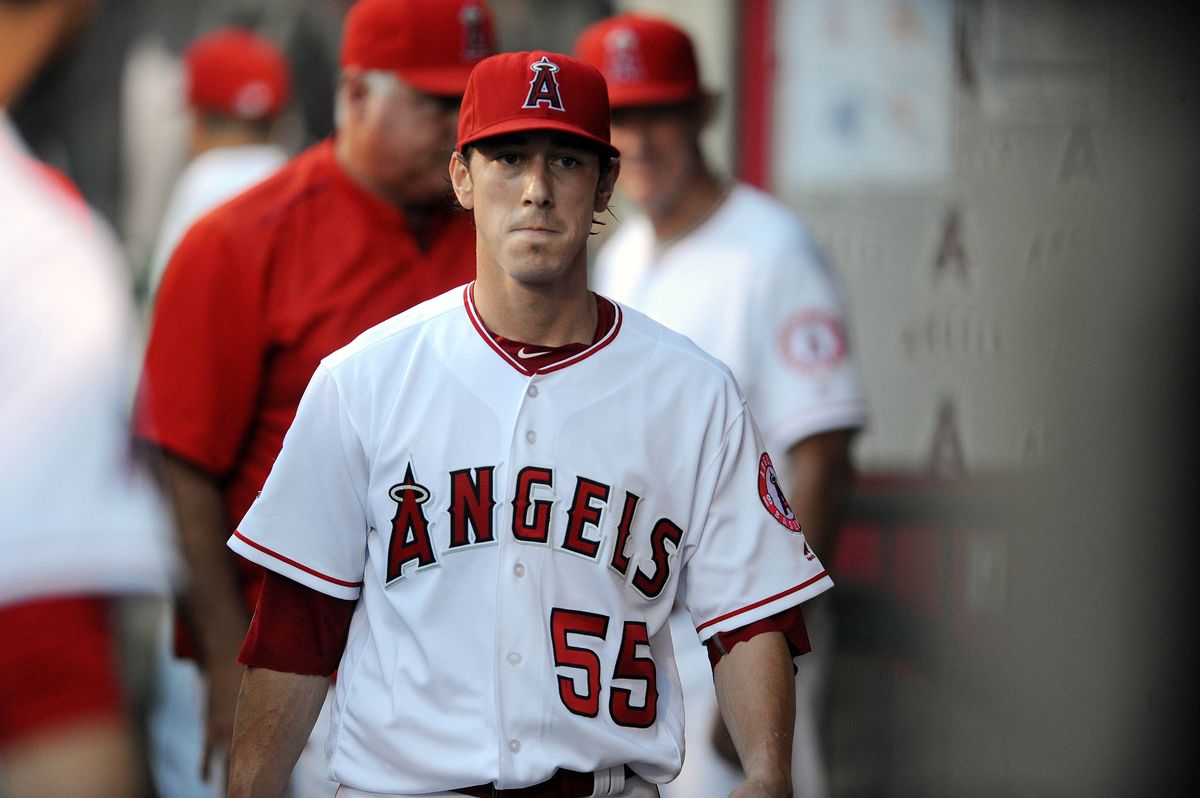
At the University of Washington, Lincecum transformed from curiosity to phenomenon that had scouts scrambling to rewrite their evaluation criteria. His collegiate numbers bordered on video game absurdity: a school-record 491 strikeouts and three straight First-Team All-Pac-10 selections. During his junior year, he struck out 199 batters in just 125 innings while posting a 1.94 ERA.
The decision to attend college rather than sign with Cleveland after being drafted in 2005 proved prescient. His value skyrocketed as his dominance continued against increasingly elite competition, with one scout reportedly describing his curveball as “a bowling ball falling off a table – if bowling balls could break the sound barrier.”
3. Cape Cod Dominance
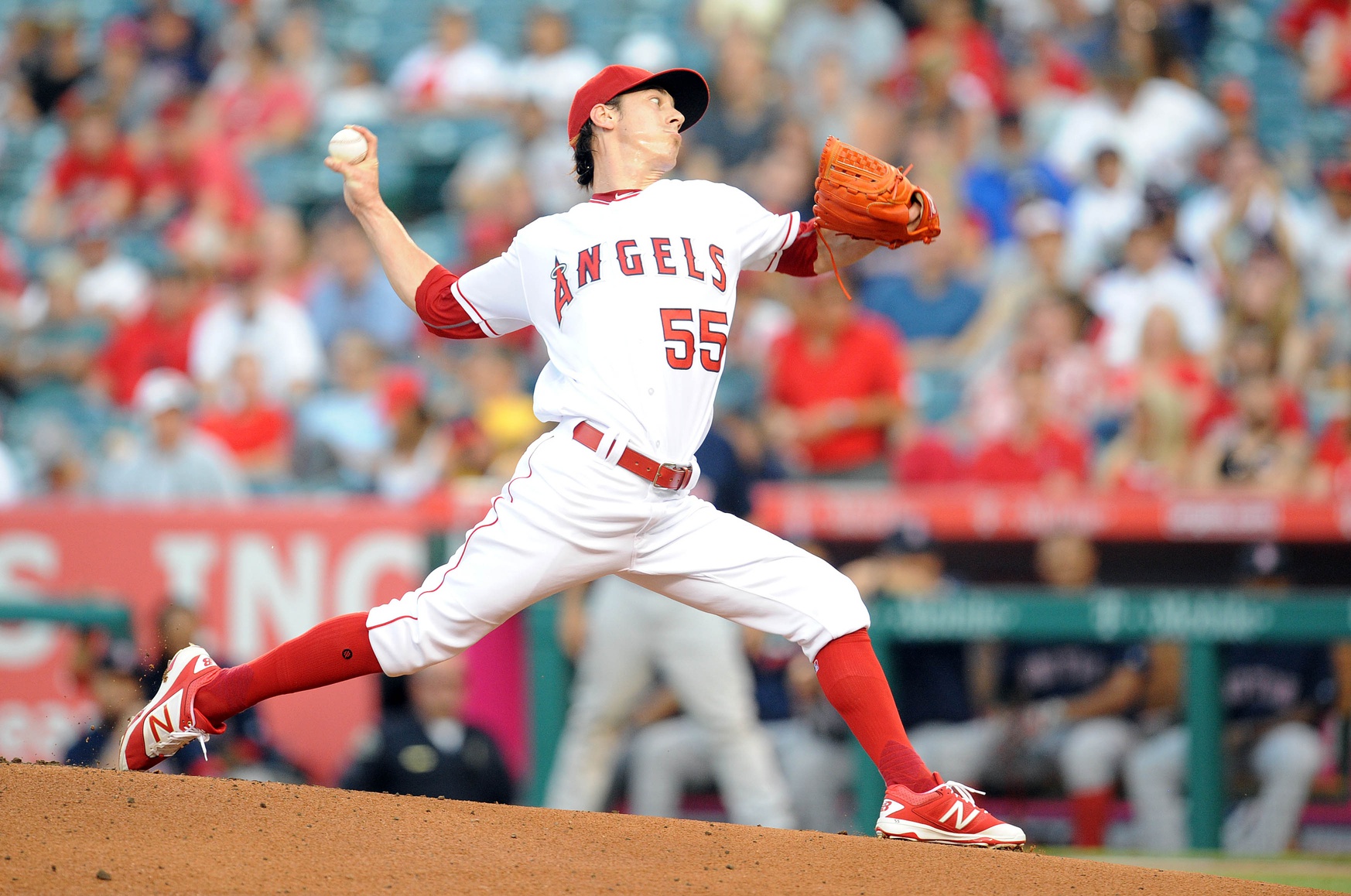
During summer ball with the Harwich Mariners in the Cape Cod Baseball League official site, Lincecum’s legend grew exponentially. His 0.69 ERA and 68 strikeouts in 39 innings represented the kind of statistical anomaly that forced scouts to question their own evaluation methods. Against the nation’s elite collegiate talent, using wooden bats that typically advantage pitchers far less dramatically, Lincecum wasn’t just winning.
He was embarrassing future professionals. The Cape Cod League serves as baseball’s ultimate proving ground, where future MLB stars face off against each other. Lincecum’s dominance there validated that his college success wasn’t a fluke but a preview of greatness.
4. Draft Day Skepticism

Despite his collegiate dominance, Lincecum faced persistent doubts about his durability heading into the 2006 MLB Draft. Nine teams passed on him before the Giants selected him 10th overall – proving that traditional scouting methods work about as well as predicting the weather with a Magic 8-Ball. The teams that bypassed him, including the Rockies who selected Greg Reynolds second overall, would spend years explaining their decision.
Those teams watched Lincecum collect Cy Young Awards while many players selected ahead of him struggled to establish themselves in the majors. The draft represents one of baseball’s greatest “what if” scenarios, showcasing how even the smartest people in baseball can overthink their way into colossal mistakes.
5. Meteoric Minor League Rise

Lincecum’s minor league career lasted about as long as a summer vacation. After just 62.2 professional innings with a 1.01 ERA and 104 strikeouts, the Giants had seen enough. His devastating arsenal featured a mid-90s fastball that seemed to accelerate toward the plate and a curveball that dropped like it hit an invisible ledge.
Minor league hitters proved completely overmatched against his advanced repertoire. By May 2007, just 11 months after being drafted, Lincecum arrived in San Francisco. His rapid ascension through the system remains one of the fastest climbs in modern baseball history.
6. The Unconventional Mechanics

Have you ever seen a pitcher’s delivery that looked more like organized chaos? Baseball had never witnessed anything quite like Lincecum’s revolutionary approach. His motion involved a massive stride that generated extraordinary momentum, a torso twist that created exceptional torque, and a follow-through that sent him tumbling toward first base.
Biomechanically, he resembled a catapult more than a traditional pitcher. Experts predicted his body would break down under such violent mechanics, yet his unique delivery initially protected his arm by distributing stress across his entire kinetic chain. The mechanics that seemed dangerous actually served as his greatest asset. Modern baseball biomechanics research shows how analyzing pitching mechanics can maximize performance and reduce injury risk.
7. The Nickname…
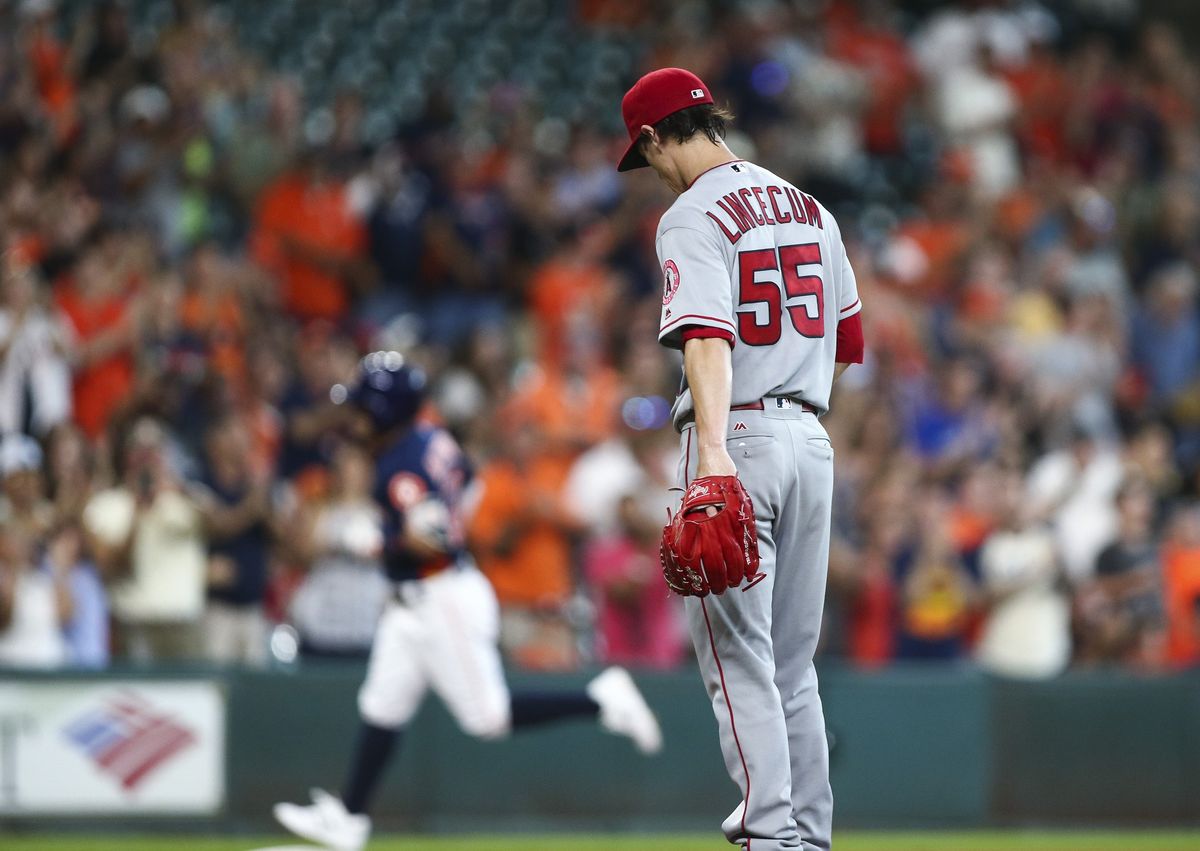
“The Freak” wasn’t just a marketing creation – it acknowledged that Lincecum defied conventional baseball wisdom. His long hair, slight build, and otherworldly stuff made him look like he’d wandered in from an alternative universe where physics operated differently. The nickname captured both his mechanical uniqueness and his statistical outlier status.
The moniker became as much a part of his identity as his signature delivery. Fans embraced the nickname because it perfectly encapsulated what made Lincecum special. In a sport obsessed with conformity, he stood out as beautifully different.
8. The First Cy Young
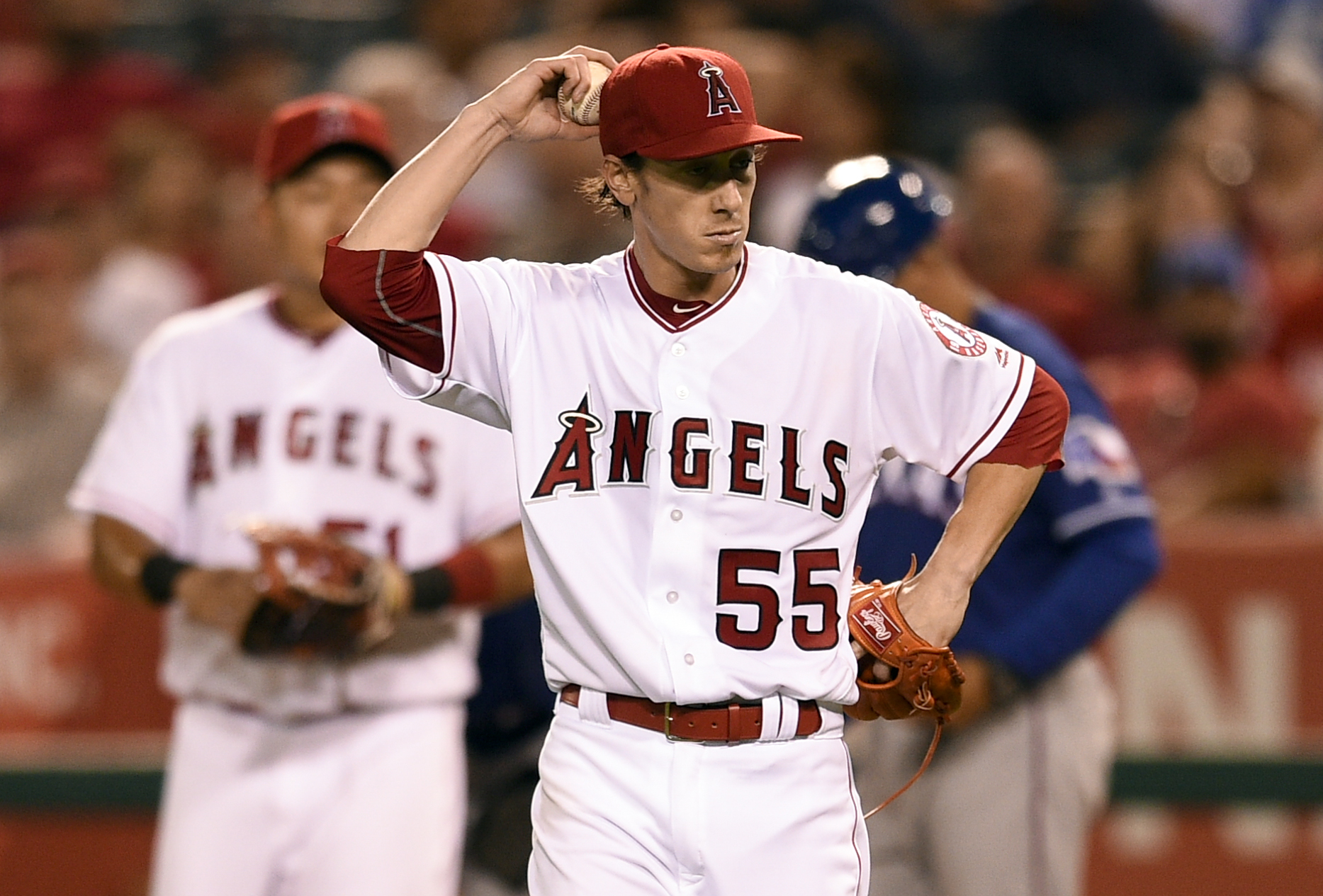
Can you imagine being 24 years old and already considered among baseball’s elite pitchers? In 2008, his first full major league season, Lincecum ascended to baseball royalty with authority. His 18-5 record, 2.62 ERA, and NL-leading 265 strikeouts earned him his first Cy Young Award, making him the youngest NL starting pitcher to win since Dwight Gooden in 1985. His name now appears on the complete list of Cy Young Award winners, marking his place among the game’s elite.
The performance validated San Francisco’s draft gamble and silenced critics who had questioned whether his body could withstand a full major league season. Lincecum hadn’t just survived – he had thrived beyond anyone’s wildest expectations, proving that sometimes the most revolutionary packages come in the smallest sizes.
9. Back-to-Back Brilliance
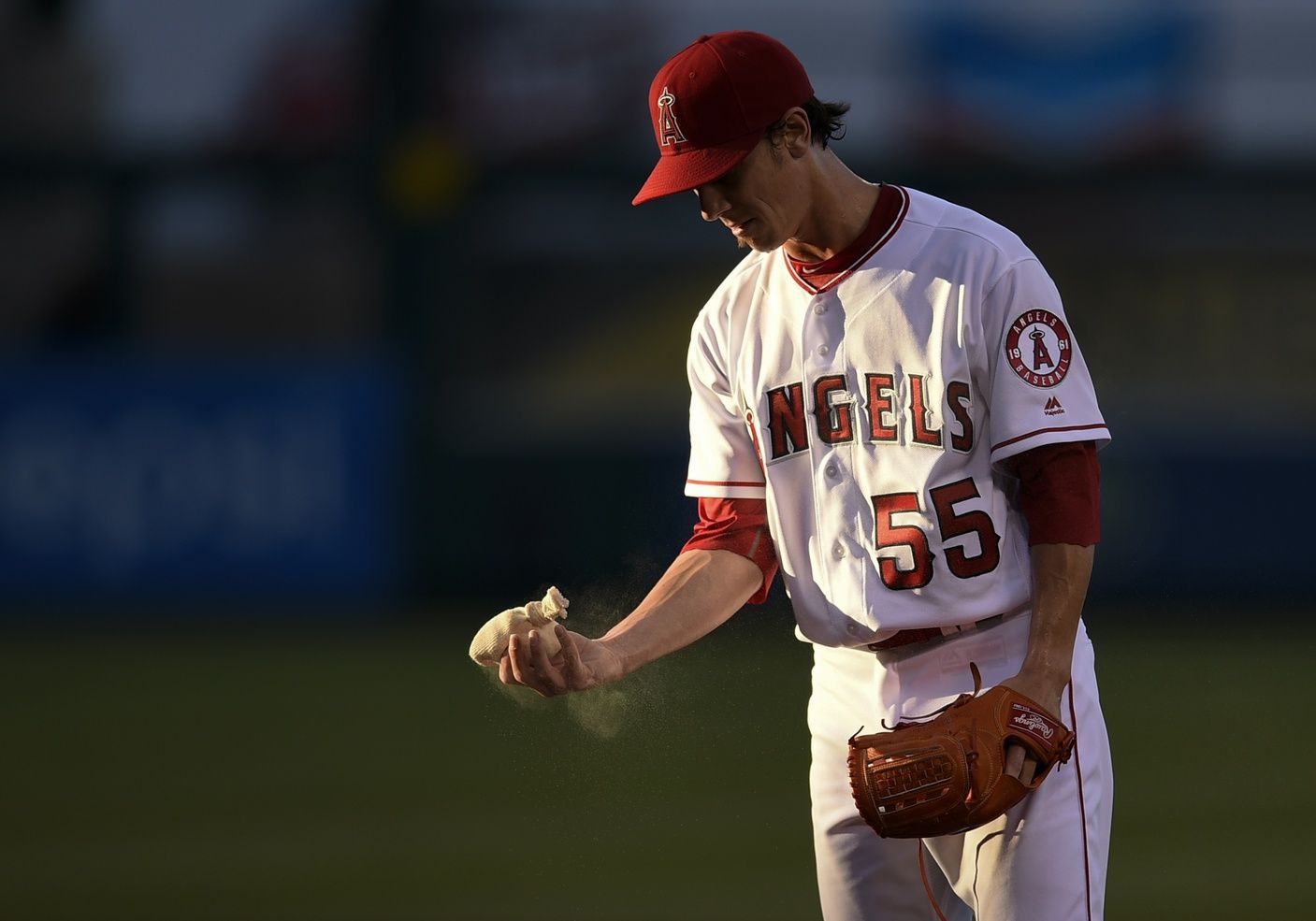
Rather than regressing in 2009, Lincecum somehow improved his already spectacular performance. His second consecutive Cy Young season featured a 2.48 ERA and 261 strikeouts, making him just the second pitcher in history to lead the National League in strikeouts in his first two full seasons. The back-to-back Cy Youngs placed him in legendary company.
Sandy Koufax, Greg Maddux, and Randy Johnson – pitchers whose physical profiles couldn’t have been more different from his – were his new peers, and the Justin Verlander comeback story highlights how some aces have managed to extend their dominance even as their careers evolve. At 25, Lincecum had already established himself among the game’s all-time great pitchers.
10. Playoff Transformation
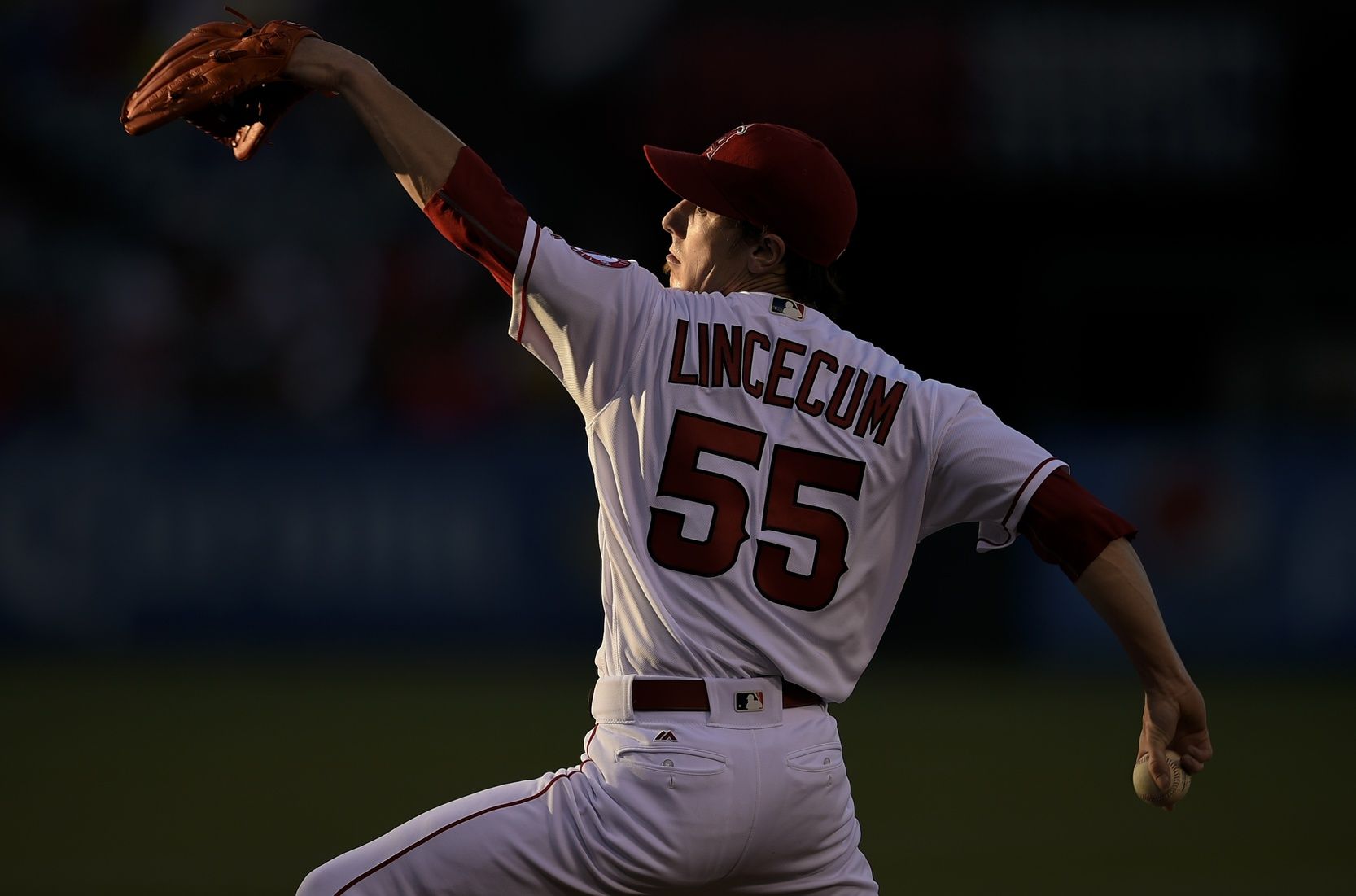
When the Giants reached the 2010 playoffs, Lincecum revealed another dimension to his greatness under pressure. In his postseason debut, he delivered a complete-game, two-hit shutout against Atlanta, striking out 14 batters. The October spotlight seemed to intensify his powers rather than diminish them.
Throughout that championship run, he posted a 2.43 ERA across five appearances, helping deliver San Francisco’s first World Series title since moving west. Lincecum had proven he could elevate his game when it mattered most.
11. The 2012 Reinvention
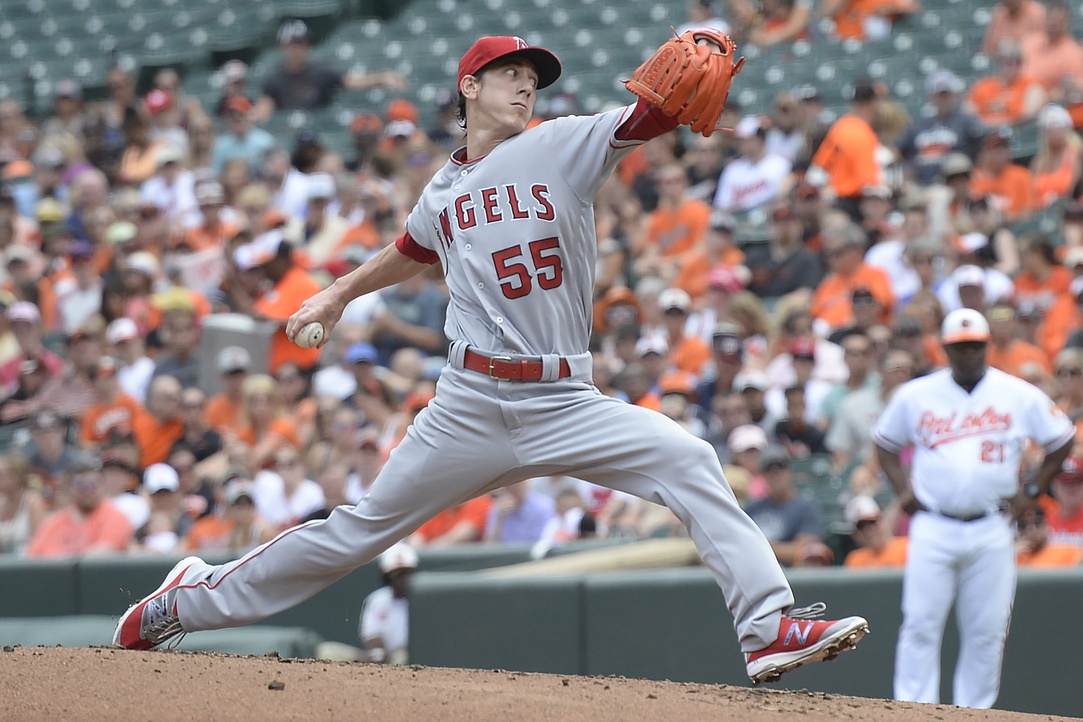
What do you do when your signature weapon abandons you? By 2012, Lincecum’s fastball velocity had begun to decline, forcing a career crossroads that tested his adaptability. His regular season struggles (5.18 ERA) led to a playoff bullpen assignment that could have broken lesser competitors – the kind of demotion that makes former aces question everything they thought they knew about baseball.
Instead, Lincecum reinvented himself as a multi-inning relief weapon with remarkable success. He posted a 2.55 ERA over 17.2 playoff innings as the Giants captured another championship, proving that true champions find new ways to contribute when their old methods fail.
12. The First No-Hitter
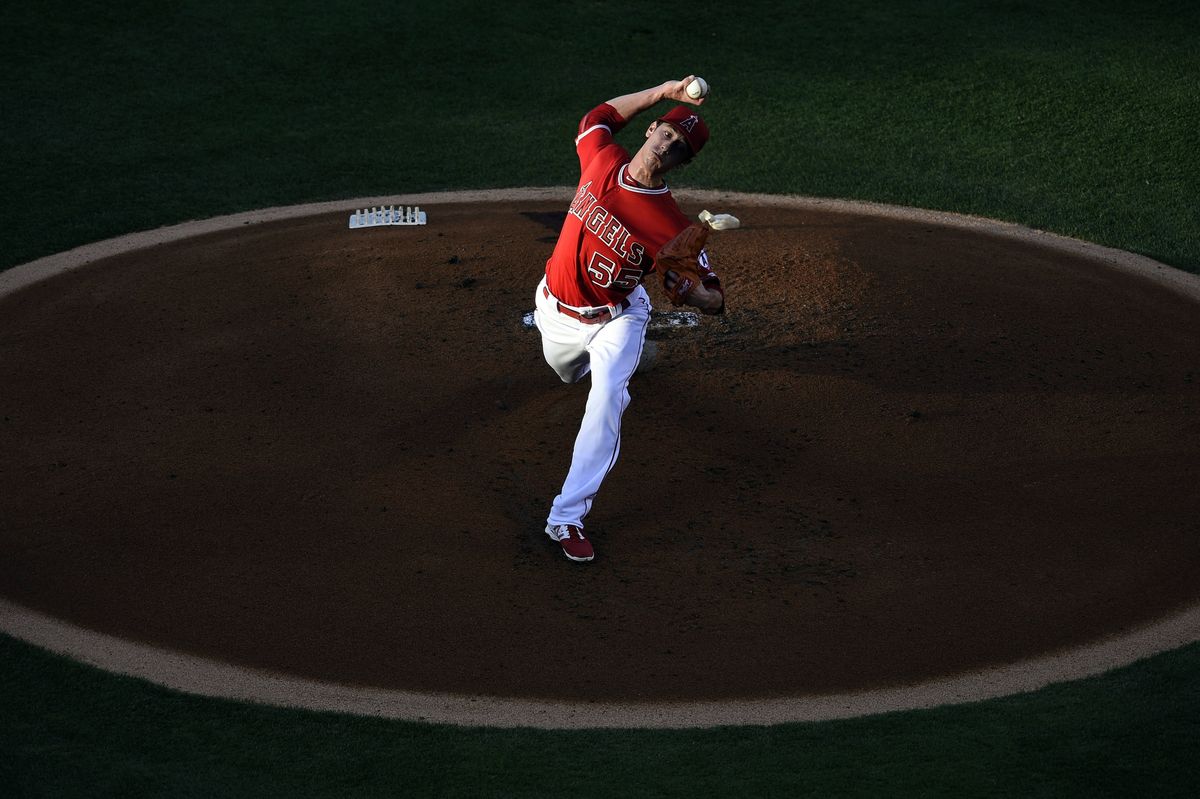
On July 13, 2013, against the Padres, Lincecum authored the first no-hitter of his career in spectacular fashion. Requiring 148 pitches – a total that would make modern analytics departments hyperventilate – he struck out 13 batters while walking four. The performance represented a perfect convergence of his early-career dominance and his later-career craftiness.
The no-hitter proved he could still access his peak form even as his consistency waned. For one magical afternoon, “The Freak” reminded everyone why he had terrorized hitters during his prime years.
13. Lightning Strikes Twice

Less than a year later, Lincecum no-hit the Padres again in an even more dominant performance. This June 25, 2014 masterpiece required just 113 pitches, making him the second pitcher in baseball history to no-hit the same team twice. The achievement placed him alongside Addie Joss, who accomplished the feat in 1908 and 1910.
For a pitcher whose career had begun to fade, these twin peaks of excellence served as reminders of his singular talent. The back-to-back no-hitters against San Diego became the stuff of baseball legend.
14. The Decline Phase

As suddenly as Lincecum had arrived, his effectiveness departed with the cruel swiftness that haunts every athlete’s nightmares. A degenerative hip condition robbed him of the athletic explosion that powered his unique delivery – the very foundation that had made him special. By 2014, he had been removed from the Giants’ playoff rotation despite his previous October heroics.
His final San Francisco season in 2015 saw him post a 4.13 ERA in 15 starts before hip surgery ended his tenure with the team. According to team medical reports, the repetitive stress of his unconventional mechanics had finally caught up with him – though not in the elbow or shoulder problems experts had predicted.
15. The Angels Epilogue

In 2016, after attempting to resurrect his career through a showcase for scouts, Lincecum signed with the Angels for one final chapter. The comeback proved brief and painful to watch for fans who remembered his dominance. In nine starts, he posted a 9.16 ERA before being designated for assignment.
Like watching a once-revolutionary smartphone struggle to run basic applications, the baseball world witnessed a pitcher whose operating system no longer functioned in the modern game. The magic that had defined his career had permanently vanished.
16. The Legacy

Lincecum’s career statistics tell only part of his remarkable story. His 110-89 record, 3.74 ERA, 1,736 strikeouts, two Cy Youngs, three World Series rings, and two no-hitters represent tangible achievements. Yet his greater contribution was forcing baseball to reconsider its rigid thinking about pitcher prototypes. The best moments of Tim Lincecum’s career showcase just how impactful and memorable his time on the mound truly was.
For a few brilliant seasons, the sport’s smallest ace stood tallest on the mound, proving that innovation sometimes arrives in unexpected packages. His career burns in memory not as a cautionary tale of physical breakdown, but as a testament to the spectacular heights achievable when talent meets unconventional thinking.



